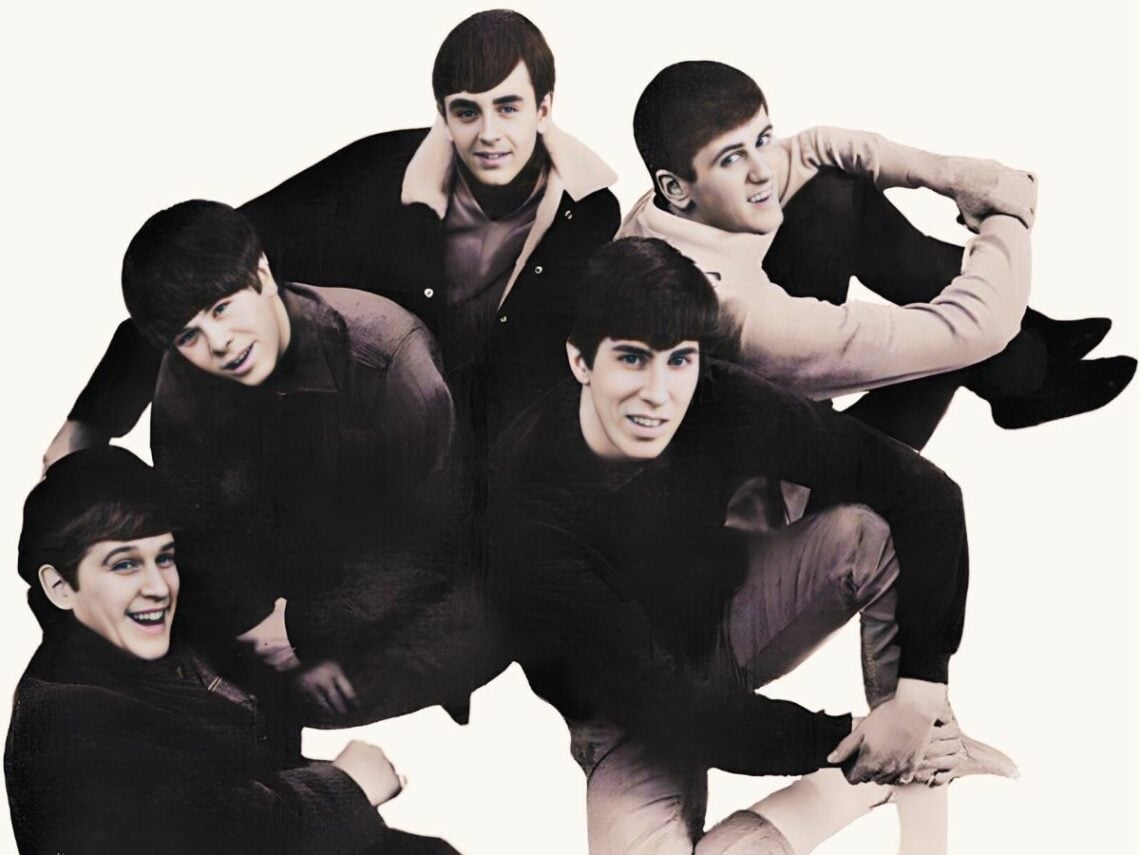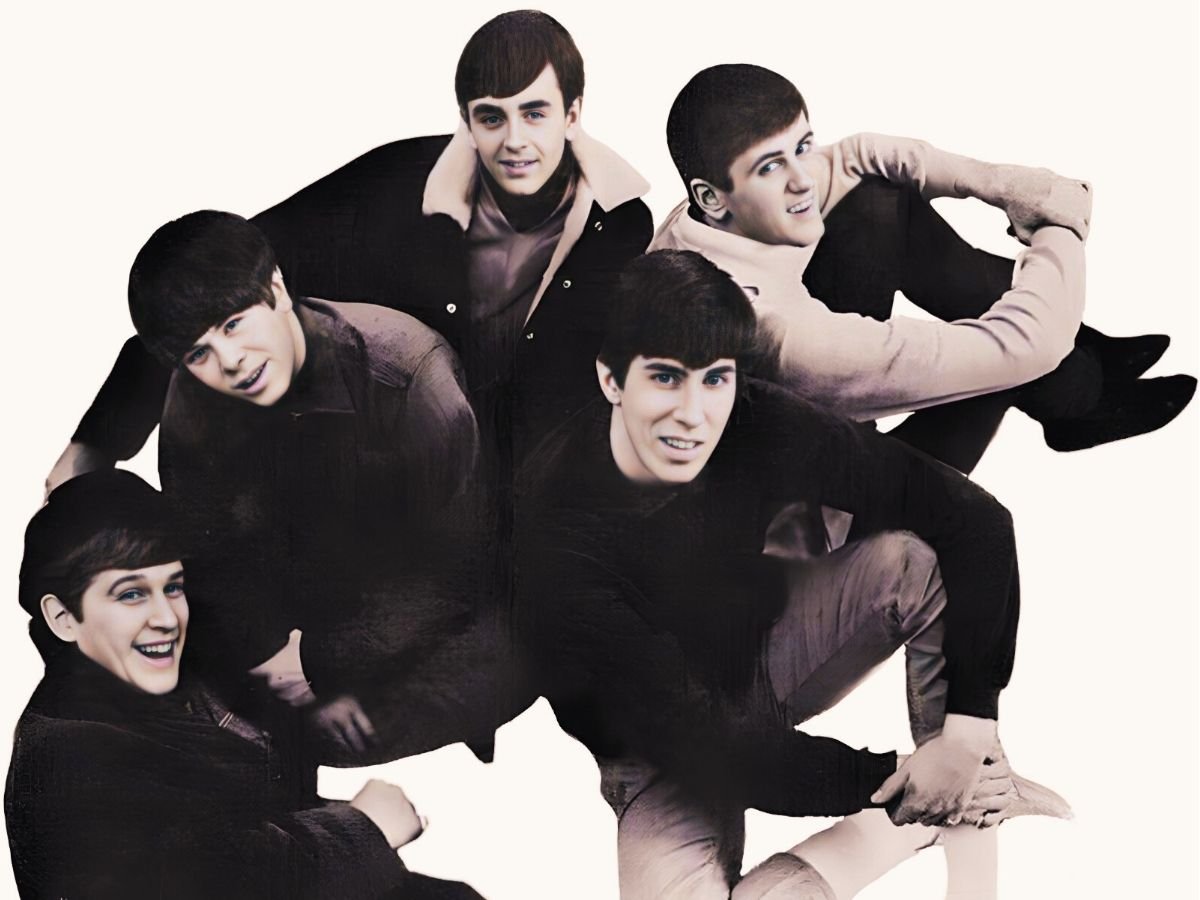
(Credit: Alamy)
Rather than looking for a nuanced definition of “grunge” in the archives of Far Out, it’s probably more enlightening to read how the term is summarised for modern audiences on any of today’s well-trod online dictionaries. Merriam-Webster, for example, does the job in just nine words: “Rock music incorporating elements of punk rock and heavy metal”. Dictionary, meanwhile, calls it a “movement in rock music characterised by aggressive, nihilistic songs”, while Collins Dictionary says grunge music is “played on guitars and is very loud”.
Most sources also acknowledge a fashion style of the same name, recognised for “messy” or “unkempt” clothing, but few include any mention of the 1990s, heroin, haircuts, flannel, or the city of Seattle. And perhaps it’s all for the better that they don’t.
Grunge, much like punk, was a loose and flexible concept long before it became a category and a commodity. Even in America’s Pacific Northwest – ground zero for the mainstream, worldwide explosion of the genre in the early 1990s – there was already a longstanding tradition, going back decades, of local bands playing guitars in an “aggressive” manner to make “very loud” songs that didn’t quite fit into the mainstream record business.
Some of the pioneers of distortion-heavy 1960s garage rock hailed from these parts, including two bands that scored national hits with ‘Louie Louie’ covers—the Kingsmen and Paul Revere & the Raiders—as well as the highly influential Sonics and dozens of cult favourites and one-hit wonders: the Wilde Knights, the United Travel Service, Mr Lucky & the Gamblers, and Jack Bedient & the Chessmen, to name a few.
In 1984, many of these defunct ‘60s rock bands, hailing mainly from the states of Washington and Oregon, were included on volume seven of the compilation series Highs in the Mid-Sixties. They were a celebration of obscure, noisy garage rock and psychedelic rock in the same vein as the famous Nuggets compilation albums from the 1970s. Admittedly, “garage” and “psychedelic” are about as open-ended in definition as grunge, but reading the liner notes to Highs in the Mid-Sixties, Vol 7, grants a helpful description of how the music specifically coming out of Seattle, Portland, and the surrounding areas was viewed in the years before Nirvana, Soundgarden, and Pearl Jam.
To make a “prototypical Northwest disk”, according to this earlier perspective on rock history, you would “take a loud, sloppy, grungy band, add a vocalist who has mastered the bloodcurdling visceral scream and a guitarist conditioned to spring into action at the words, ‘Let’s give it to ‘em!’ Then you record the whole thing live in some teenage nightclub in suburban Oregon or Washington.”
Yes, even in 1984, they were using the word “grungy” to describe an old and familiar American Northwest sound.
An article published in the Oregonian newspaper in 1990, right at the beginning of the “Seattle Sound” explosion, also makes a clear connection between “scruffy” new bands like Alice in Chains, Screaming Trees, and Mother Love Bone and their regional predecessors, noting that “the tradition of the pounding, angry garage band lives on” in them, as they “entangle straightforward songs in blowsy instrumental passages that are undeniably Seattle”.
According to the newspaper, what really united these otherwise very disparate bands was “their musical remoteness”, a contempt for keeping up with trends, and a desire to maintain a healthy distance away from the record business hotspots (i.e., New York and Los Angeles). They further noted, “Even as it is being conquered by the mainstream, Seattle rock ‘n’ roll proudly wears its isolation on its sleeve.”
Related Topics
Subscribe To The Far Out Newsletter
